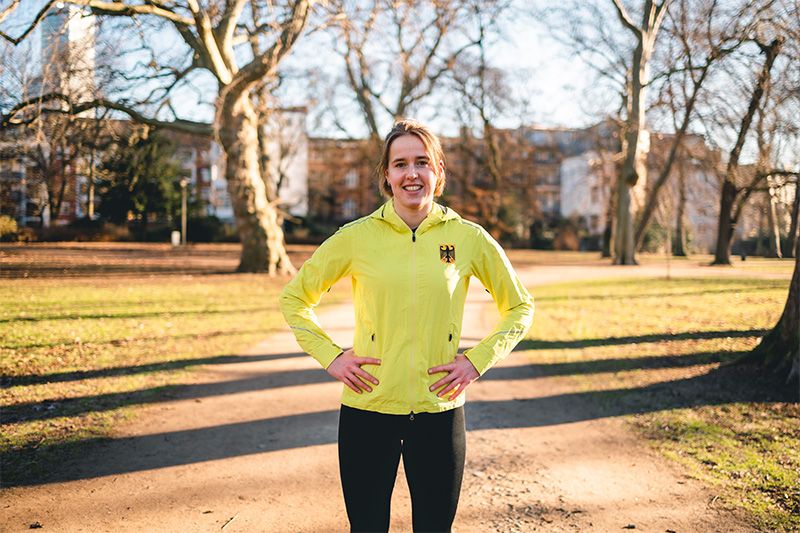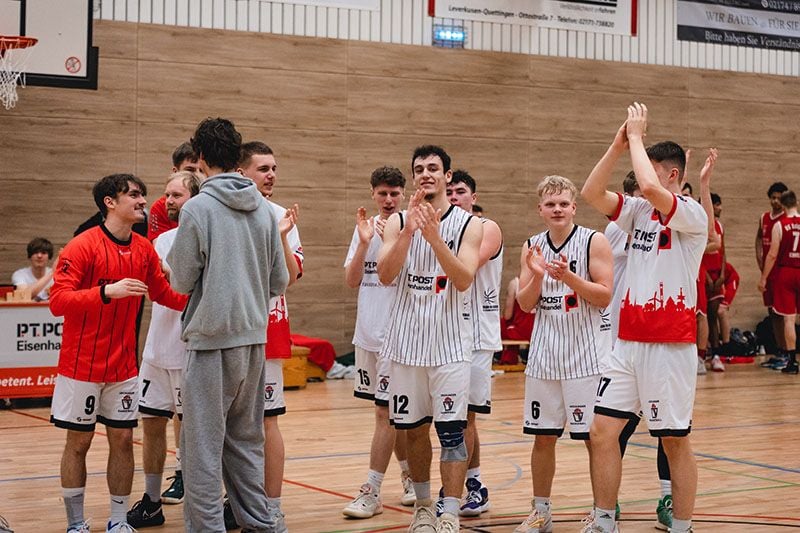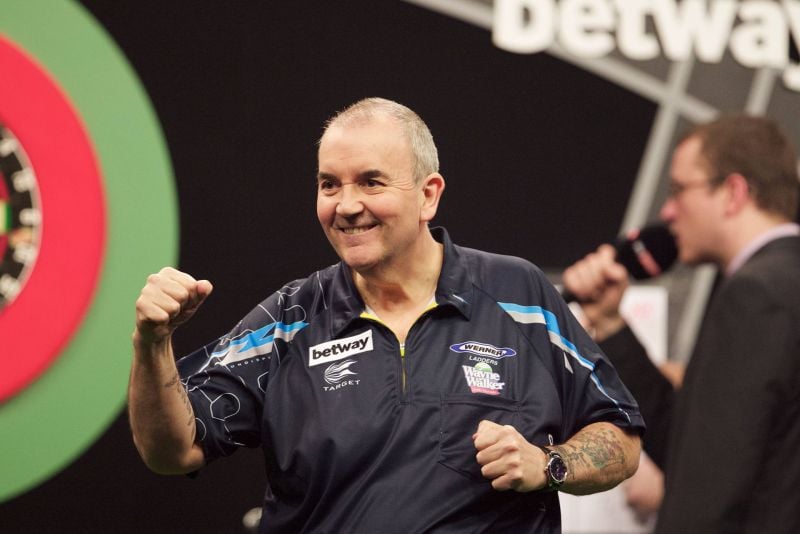Clearly, handball is a very physical sport. There are many duel situations in every game. Lighter players in particular have disadvantages. For example, they have great difficulty getting into the circle and can usually only succeed from a distance. How can this problem be solved?
"Build up mass, preferably muscle mass and not fat".
This will help you build up more muscle mass for better assertiveness in handball duels.| Hypertrophy: Hypertrophy is the increase in size of tissue or organs due to an increase in cell size. It is therefore not about the multiplication of cells. Their number remains the same, they just get bigger.
|
Hypertrophy training for handball players
In hypertrophy training, it is important that a large part of your skeletal musculature is addressed. Skeletal muscles include all muscles and muscle groups that are responsible for voluntary and active body movements. For example, the muscles that move your arms and legs.
Which exercises are suitable for this?
More complex exercises with the free weights are best. This is because several joints are moved simultaneously and therefore many muscle groups are used at once. Squats are a good example: they activate the ankle, knee and hip as well as the associated muscles.
Training with the free weights focusses even more on intermuscular coordination. With a knee extension machine, on the other hand, you mainly train the quadriceps.
During free weight training, a large part of your core muscles are used for stabilisation due to the free weight. The exercises are therefore usually also stabilisation exercises. A perfect exercise would be a free squat with weight, for example.
These five basic exercises best cover most muscle groups for handball strength training:
- Squats
- Deadlift
- Bench press
- Shoulder press
- Rowing
You can also perform other strength exercises such as pull-ups, free dips, lunges or the incline bench.
Important: If you become too tired towards the end of your strength training for handball and you risk no longer being able to perform the exercises properly, you can use more equipment. However, you should always aim to perform the complex exercises exclusively with free weights.
- 65-85% of the 1 RM
- 6-12 reps
- 3-5 sets
- 1-2min rest
To build muscle, you need more calories than you burn
There are many ways to track your calorie consumption, such as sports watches where you enter your age, weight, gender, height, etc. Based on your data, your activity and sleep are tracked. Your activity and sleep are tracked based on your data. The data is usually not 100 per cent valid, but it can give you an orientation. There are also apps that you can use to calculate your calorie intake. The most accurate way to do this is to weigh your food yourself. If you realise that you are not gaining weight despite the extra calories in the app, you should add even more calories.
The following rules of thumb help to ensure a good calorie intake during strength training:
- Eat approx. 1.8g/kg body weight protein
- a maximum of 30% of your total calorie intake should come from unsaturated, vegetable fats
- the rest of your calories should come from carbohydrates and protein (approx. 55%; protein approx. 15% depending on total requirements)
In principle, the following applies:
When strength training, you should always eat enough (healthy) food so that you are in calorie surplus and consume enough protein. You will soon realise that this is usually not so easy in a "normal" everyday life. You definitely need a meal plan. What helps very well are calorie-dense shakes with healthy ingredients. If they also taste good and are easy to drink, that's perfect. Here we have a tried and tested recipe for a power shake (it's easy to prepare, just put everything in the blender and you're done):
- 250ml milk
- 40g oat flakes
- 100g strawberries
- 1 banana
- 2 EL Peanut butter
- 1,5 scoops Whey
Nutritional values: 950kcal, 90g carbohydrates, 60g proteins, 40g fat




.png)










































































